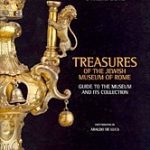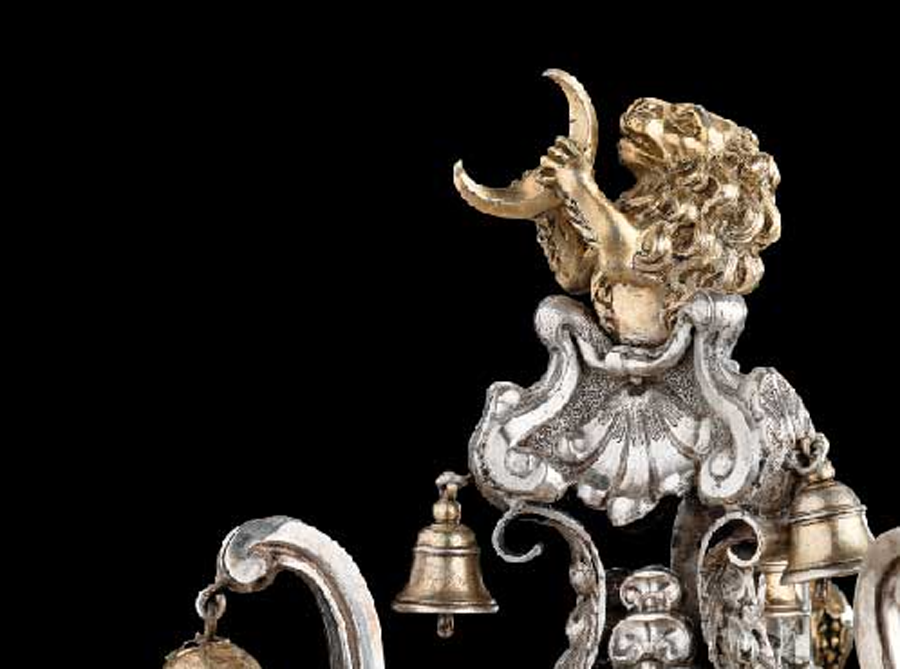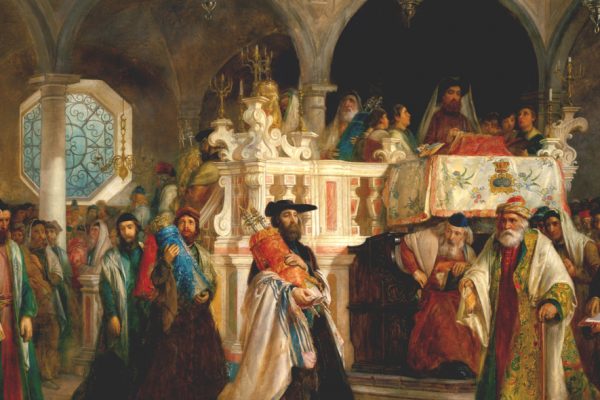Daniela Di Castro, Treasures of the Jewish Museum of Rome : Guide to the Museum and Its Collection, Araldo De Luca, 2011
 A beautifully illustrated and well documented guide book to the Jewish Museum of Rome featuring one of the most precious and extensive collections of Jewish art and documents in Europe. In 2004, after the almost a half century of being confined to two rooms adjacent to Rome synagogue, the Museo Ebraico di Roma (Jewish Museum of Rome) finally has a space to expand, thanks to nearly two million dollar initiative of the City of Rome and Region of Lazio. The local governments have funded the renovation of the over 400 sq meter basement of the Great Synagogue of Rome to serve new space for an expanded permanent exhibition, with additional space for small temporary installations, while the Jewish Community of Rome continues to seek funds for the creation of a new exhibit within the new space and for other projects to better protect and preserve its collection.
A beautifully illustrated and well documented guide book to the Jewish Museum of Rome featuring one of the most precious and extensive collections of Jewish art and documents in Europe. In 2004, after the almost a half century of being confined to two rooms adjacent to Rome synagogue, the Museo Ebraico di Roma (Jewish Museum of Rome) finally has a space to expand, thanks to nearly two million dollar initiative of the City of Rome and Region of Lazio. The local governments have funded the renovation of the over 400 sq meter basement of the Great Synagogue of Rome to serve new space for an expanded permanent exhibition, with additional space for small temporary installations, while the Jewish Community of Rome continues to seek funds for the creation of a new exhibit within the new space and for other projects to better protect and preserve its collection.
The Jewish Museum of Rome holds one of great Judaica collections in Europe, but detailed knowledge of most of the metal, textile, stone and printed materials in the collection has been difficult because the Community, of which the Museum is a part, has lacked until now adequate space for research, conservation and exhibition. Over the next several years the plans call for a transformation of the Museum to make it worthy of its historical and artistic treasures, and long, distinguished and uninterrupted history of the Roman Jewish community.
The museum houses a number of manuscripts in Hebrew, documents on the Nazi occupation of Rome and religious objects. Liturgical silver works, “markers” for the Sefer Torah reading, late 18th-century bound prayer books, early 18th-century lamps, jugs and bowls, half-crowns, Ark keys and other devotional objects. Remarkable exhibits: the Prophet Eljiah Chair (1870) and a parchment Berachot for a Meghillat Ester (12th century).









